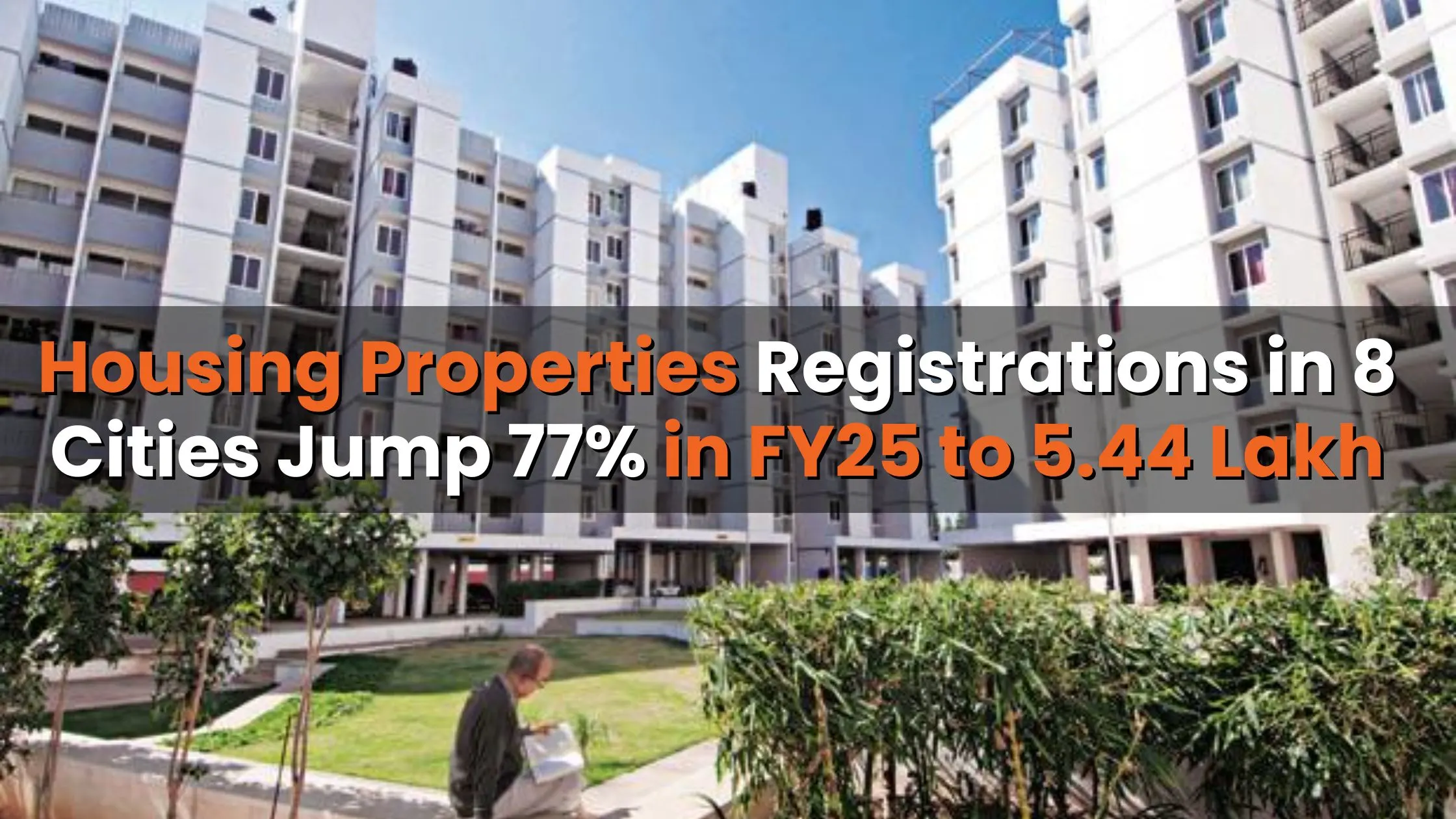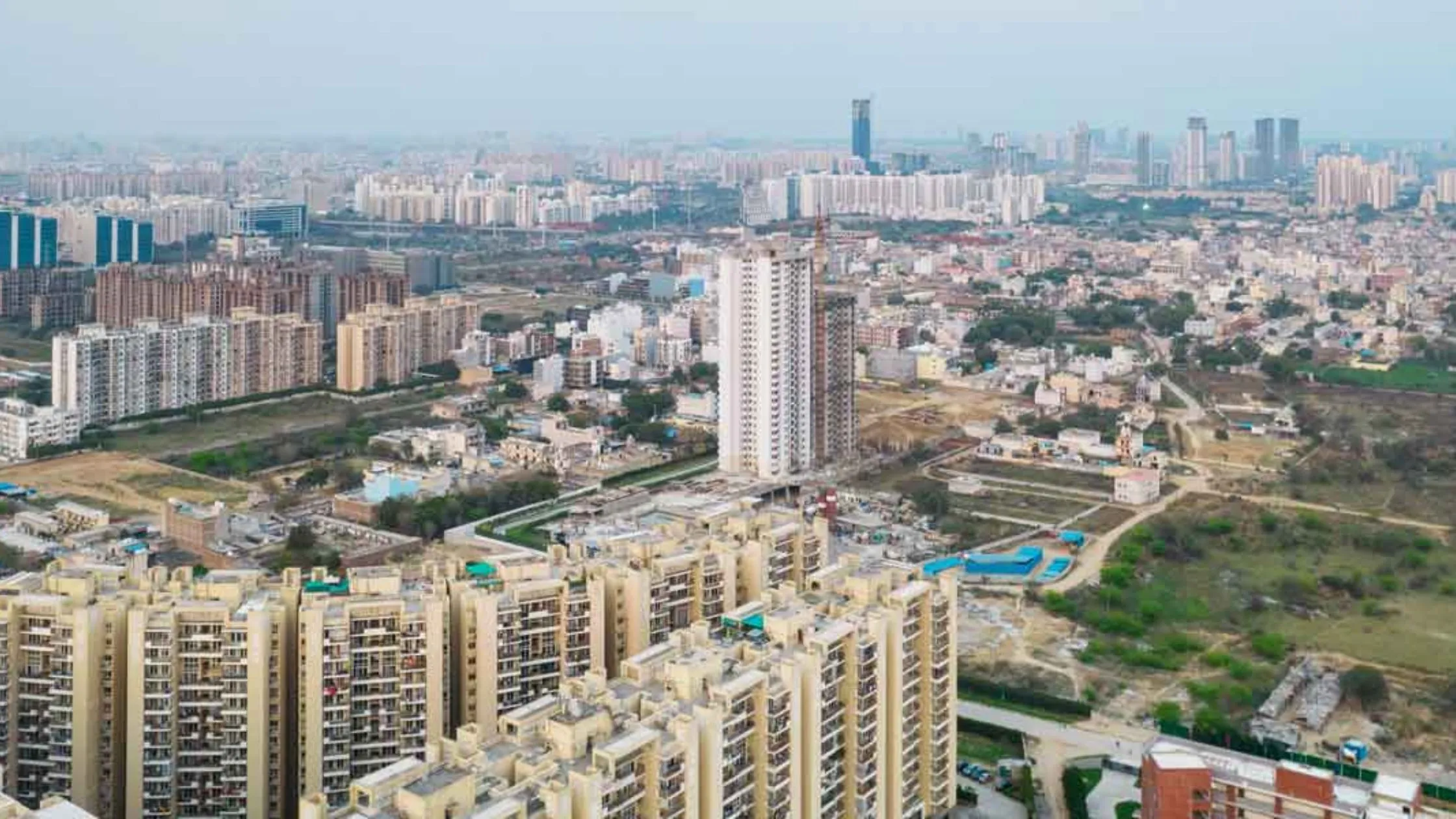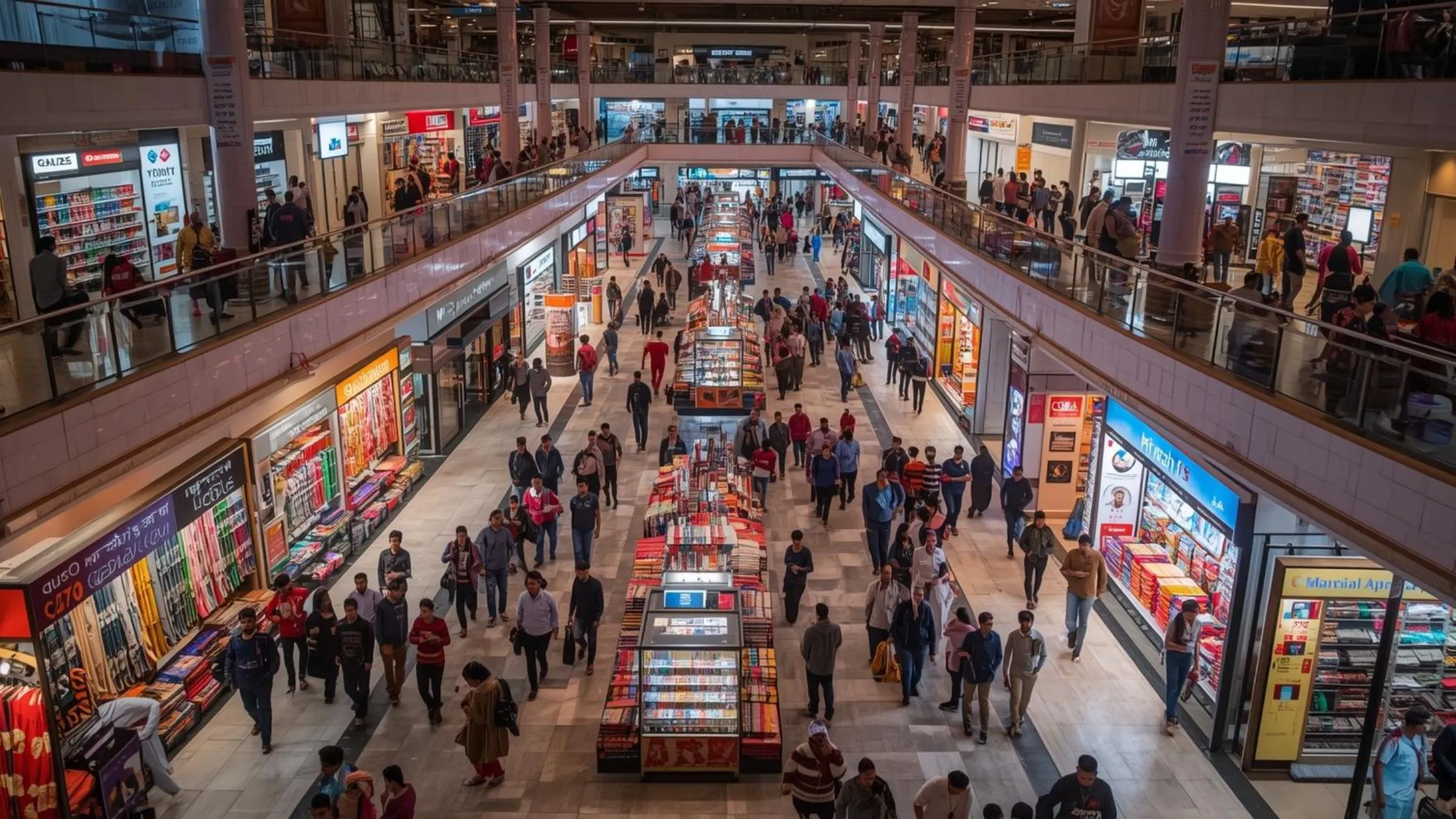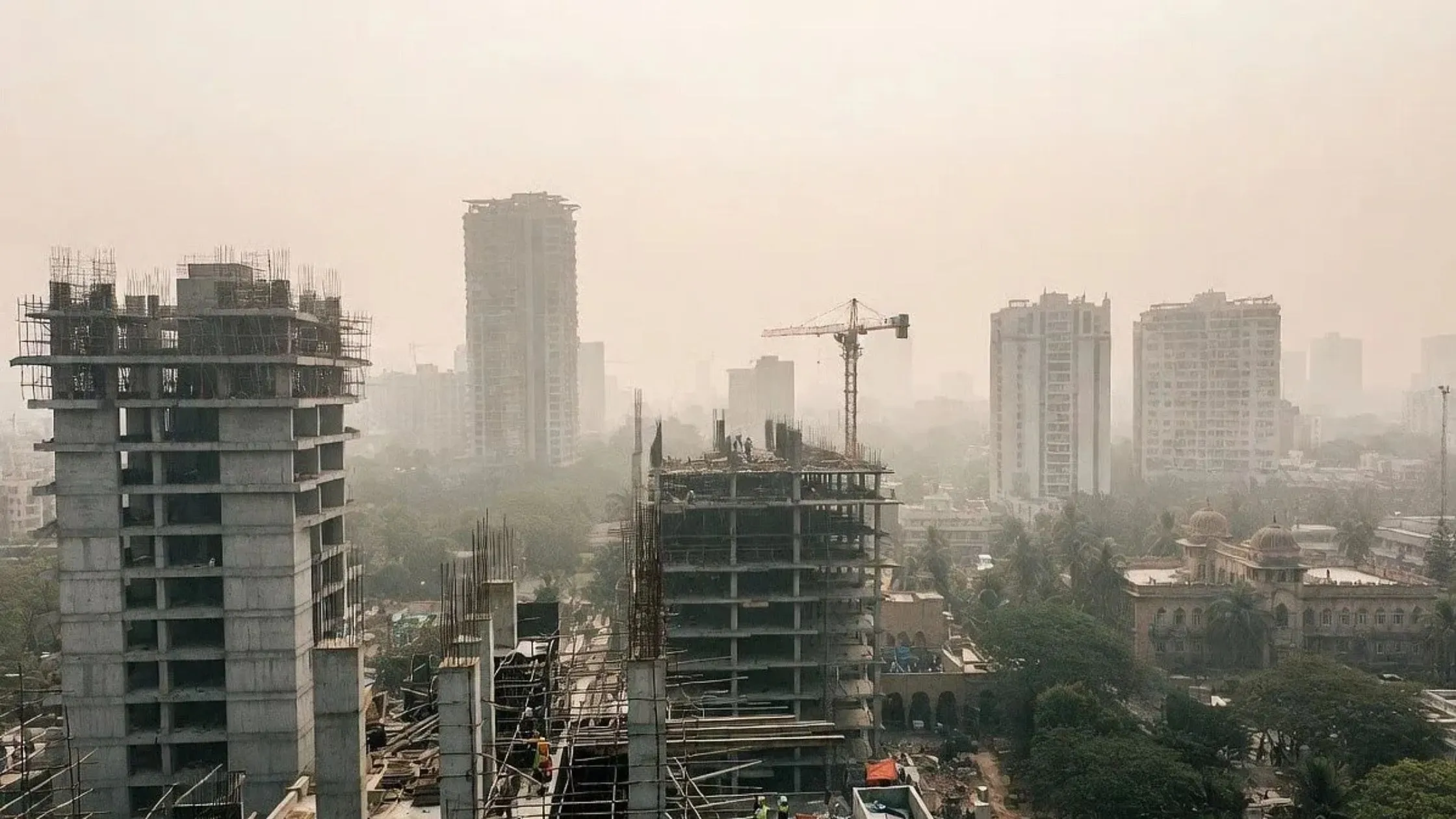Table of Content
Indian real estate had done very well in a even short period of time. In FY 25 housing properties sold 5.44 lakh units in eight metros. This is a 77% growth from FY2019. This is a auspicious sign of demand for residential properties in large urban population.
Housing properties sold registered growth both overall and in addition on the prime and secondary markets. This signifies a shift in buyer preferences and it strongly indicates residential real estate was about to shift back very vivaciously after pandemic.
Key Growth Drivers
1. Growth in Primary Market
The total with regards to primary market transactions increased to 3.11 lakh units in FY2025 - up substantially from 1.84 lakh units in FY20019 - thanks to the growth in number of new residential launches in the market, which has in turn led to a significant increase in demand for new supply. Bengaluru and Mumbai, in particular, are now witnessing commensurate increases in current levels of new launches given prevailing demand.
2. Growth in Secondary Transactions
In FY25, secondary market transactions were about 43% of total housing registrations, up from 38% in FY2019. Moreover, the number of secondary transactions doubled from 1.22 lakh units to 2.33 lakh. Growth was driven in part by a preference for ready-to-move-in homes and lack of new supply in some markets, especially Noida and Greater Noida.
Also Read: Macrotech Developers Signs Joint Development Deal for 20,468 sq m Plot in Pune
City-Wise Analysis
Bengaluru: Growth in Ready-to-Move-In homes
Bengaluru completed 72,000 residential transactions during FY25, with the primary market at 54%. The secondary market also showed a considerable increase, rising from 31% in FY2019 to 46% in FY25.
With the expanding IT sector and professionals coming into Bengaluru looking to occupy quickly, the thirst for ready-to-occupy homes increased. The eastern, southern, and northern micromarkets remained leading performers in primary and secondary residential transactions.
Noida and Greater Noida: Future Growth Expected with Jewar Airport
Noida and Greater Noida saw a solid growth in housing transactions, with consistent end user and investor demand. The secondary market share also grew from 29% in FY2019 to 40% in FY25, as buyers moved toward resale properties because new supply was scarce.
The anticipation around Noida International Airport (in Jewar) also increased real estate offerings, where primary market demand fell to high-end properties and buyers having more choice with new residential options in the secondary market.
Mumbai: Leading the Secondary Market
In FY25, Mumbai saw roughly 69,000 secondary market transactions compared to 36,000 in FY2019. The primary market registrations also grew significantly, with registrations doubling from ~35,000 in FY2019 to ~71,000 in FY25.
Ongoing redevelopment plans, along with infrastructure plans like the Navi Mumbai International Airport, have increased buyer confidence that has resulted in relative parity in the growth of both primary and secondary markets.
Other Key Cities: Pune, Hyderabad, and Thane
- Pune: Continued infrastructure development and strong IT and industrial growth have made Pune a preferred city for residential investments.
- Hyderabad: Known for its affordable housing options, Hyderabad has seen a rise in both primary and secondary transactions, with increasing demand for properties in well-connected areas.
- Thane: Proximity to Mumbai and improving infrastructure have bolstered real estate registrations, with a healthy mix of primary and secondary market transactions.
Also Read: Max Estates Revives Stalled Delhi One Project in Noida with ₹1,400 Crore Investment
Real Estate Trends and Insights
Shift Towards Homeownership
The pandemic has reshaped buyer preferences, with more individuals prioritizing homeownership over renting. This trend has significantly contributed to the 77% growth in housing property registrations since FY2019.
Preference for Ready-to-Move-In Homes
Ready-to-move-in homes have gained popularity due to their immediate availability, eliminating construction delays and offering better cost transparency. Secondary market sales have particularly benefited from this trend.
Infrastructure Development as a Catalyst
The development of large-scale infrastructure projects, such as the Jewar International Airport and the Navi Mumbai International Airport, has played a crucial role in driving real estate transactions across major cities.
Conclusion
The registration of housing properties across India’s top eight cities has shown a remarkable upward trajectory, reflecting the resilience and recovery of the real estate market. The surge in primary and secondary market transactions highlights the evolving dynamics of the housing sector, with growing demand for ready-to-move-in homes and strategic investments in rapidly developing regions.
As the Indian real estate market continues to flourish, bolstered by infrastructure developments and rising end-user demand, the outlook for housing property registrations remains optimistic, setting the stage for sustained growth in the coming years.
Follow AquireAcers Whatsapp Channel to Stay Updated With The Latest Real Estate News








Ans 1. Housing property registrations in FY25 increased by 77% compared to FY2019, reaching 5.44 lakh units across eight metro cities.
Ans 2. Key cities that have experienced significant growth include Bengaluru, Mumbai, Noida, Greater Noida, Pune, Hyderabad, and Thane.
Ans 3. The growth in the primary market can be attributed to a rise in the number of new residential launches, particularly in cities like Bengaluru and Mumbai, driven by increased demand for new supply.
Ans 4. The secondary market has seen notable growth, with transactions accounting for 43% of total housing registrations in FY25, up from 38% in FY2019. Secondary transactions doubled from 1.22 lakh units in FY2019 to 2.33 lakh units in FY25.
Ans 5. Ready-to-move-in homes have become more popular due to immediate availability, eliminating construction delays and offering better cost transparency, especially in cities like Bengaluru and Noida.
Ans 6. Large-scale infrastructure projects, such as the Jewar International Airport and the Navi Mumbai International Airport, have significantly boosted real estate transactions by increasing buyer confidence and expanding development opportunities.
Ans 7. Both markets are showing growth, but the secondary market has seen a faster rate of increase, particularly in cities like Bengaluru and Mumbai, driven by a preference for ready-to-move-in homes.
Ans 8. The anticipation surrounding the Noida International Airport (Jewar) has driven increased demand for high-end properties in both the primary and secondary markets, making it a key factor for growth in Noida and Greater Noida.
Ans 9. Pune’s strong IT and industrial growth, along with Hyderabad’s affordable housing options and excellent connectivity, have contributed to the rise in both primary and secondary market transactions.
Ans 10. The outlook for India’s real estate market remains optimistic, with sustained growth expected due to strong infrastructure development, increasing demand for homeownership, and expanding urban populations.